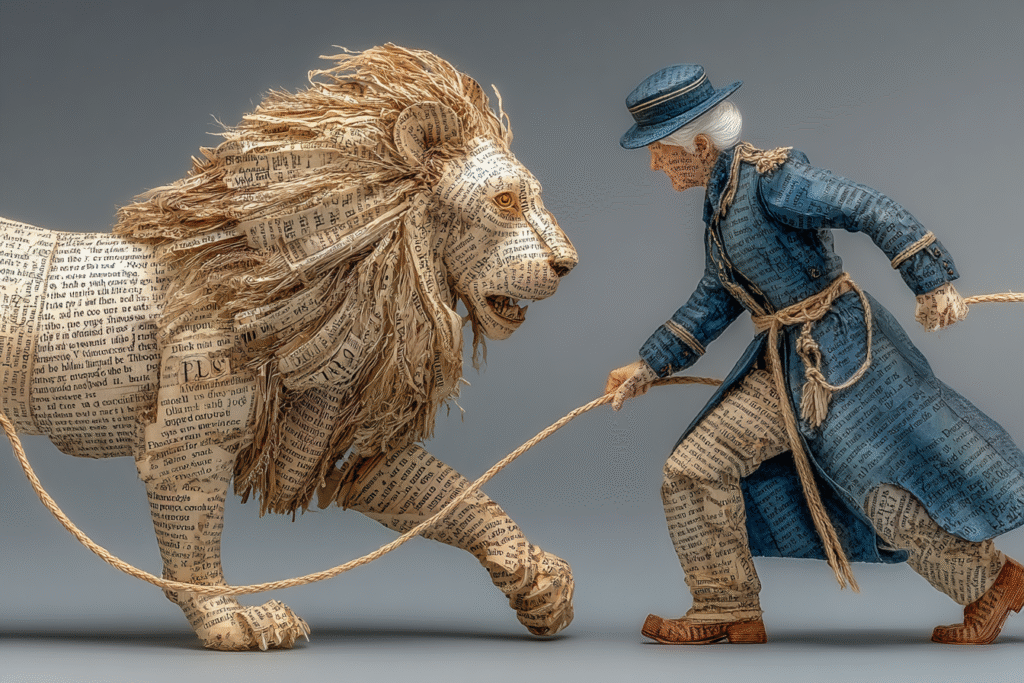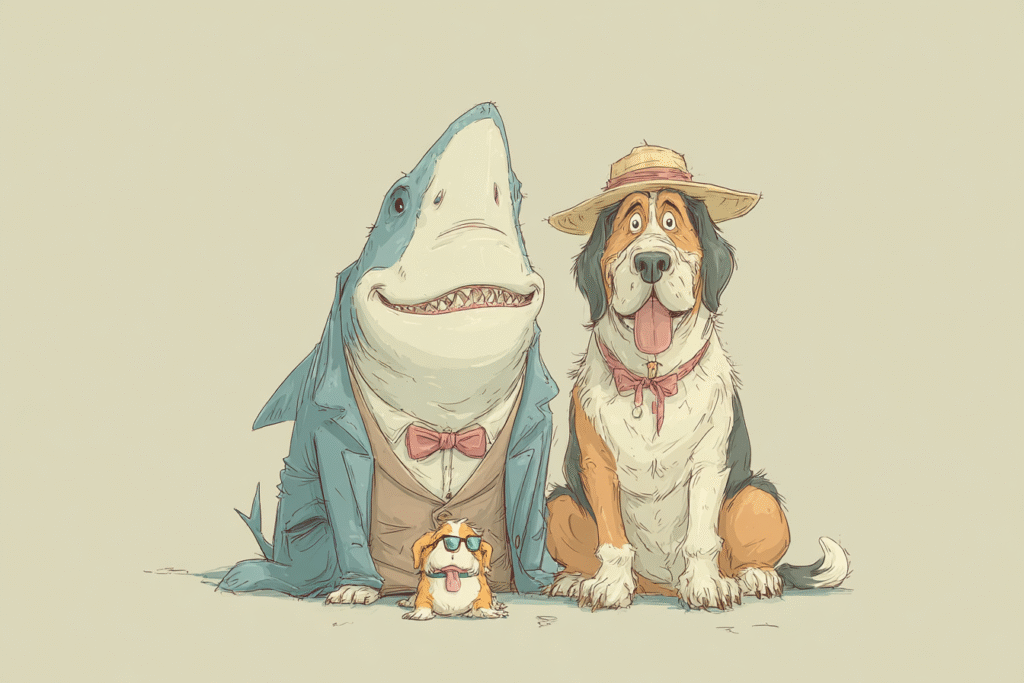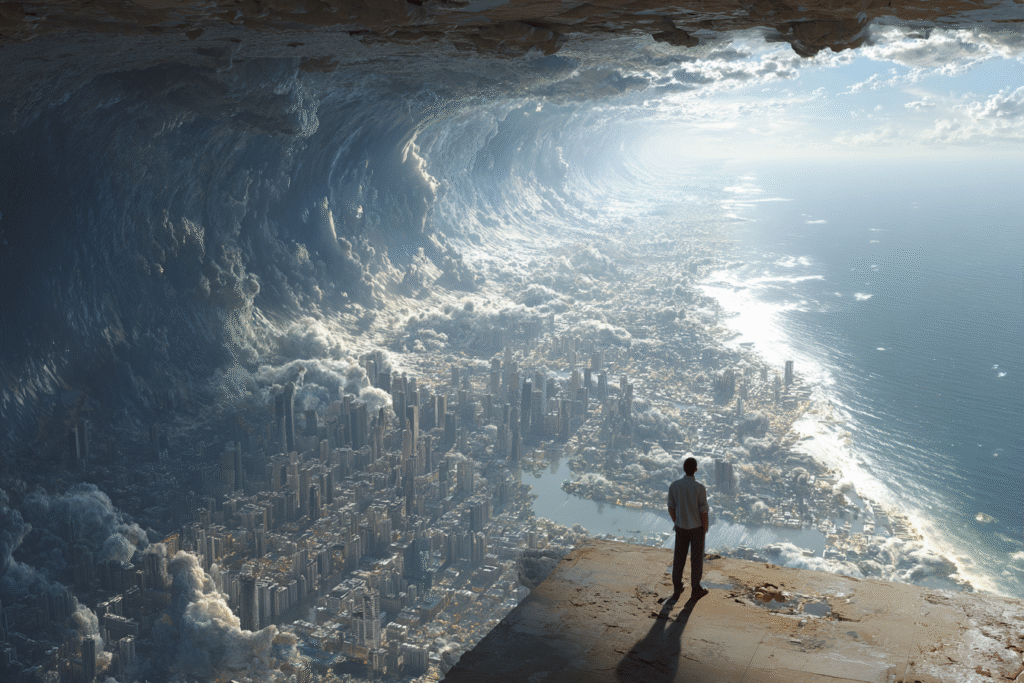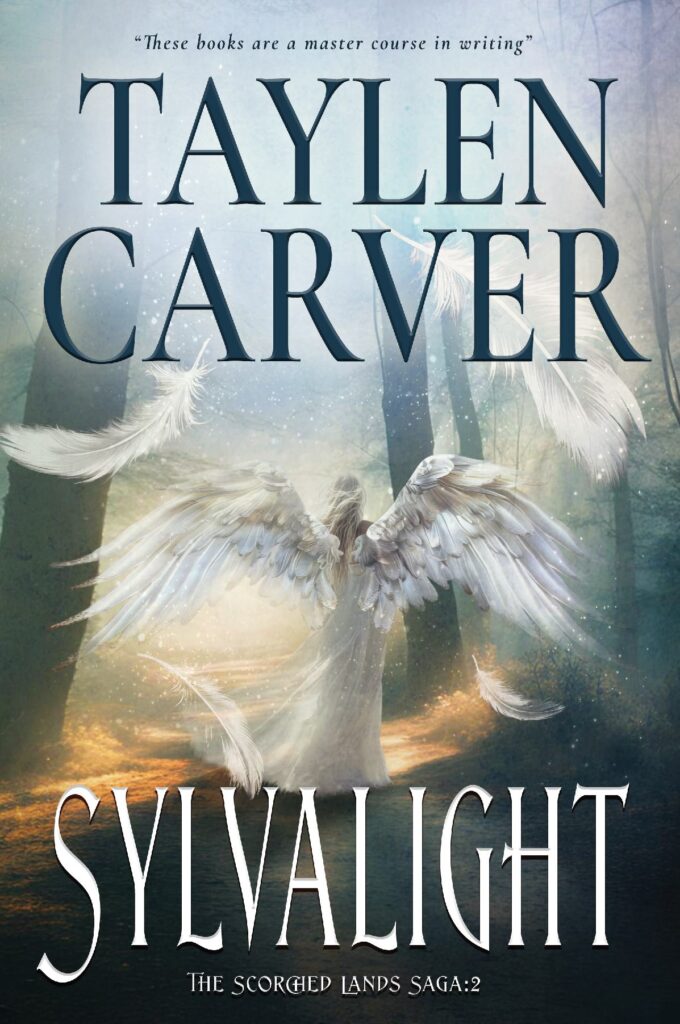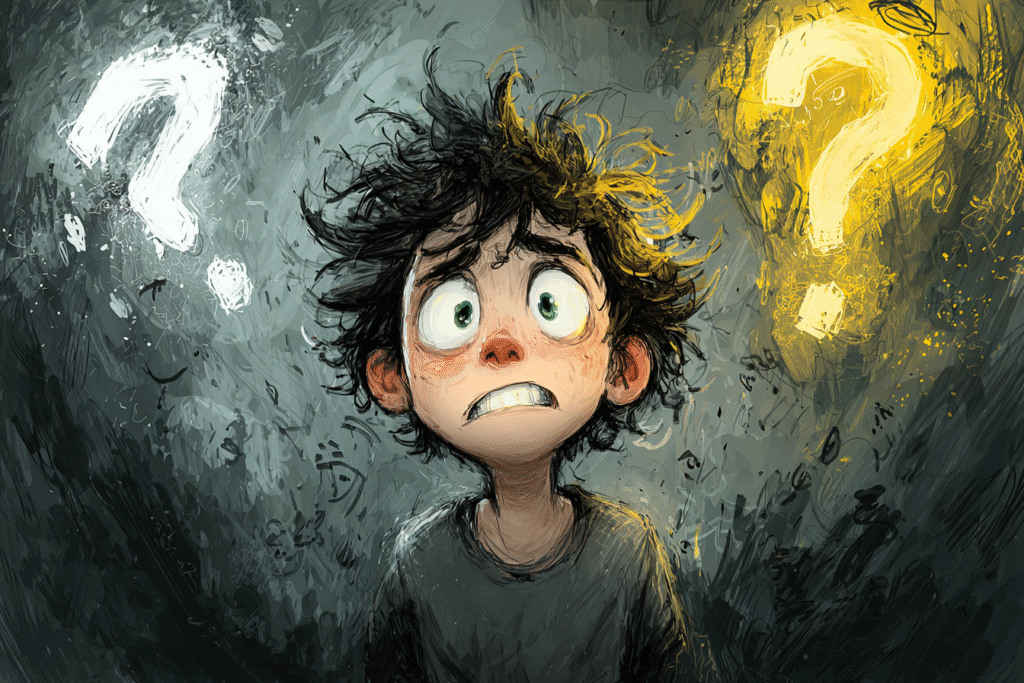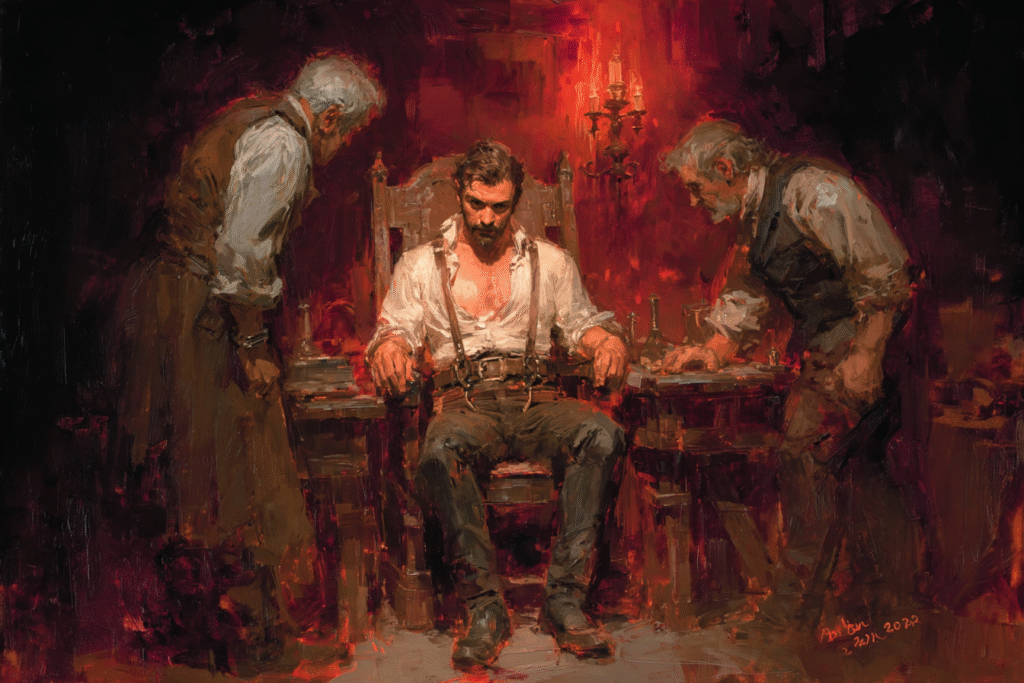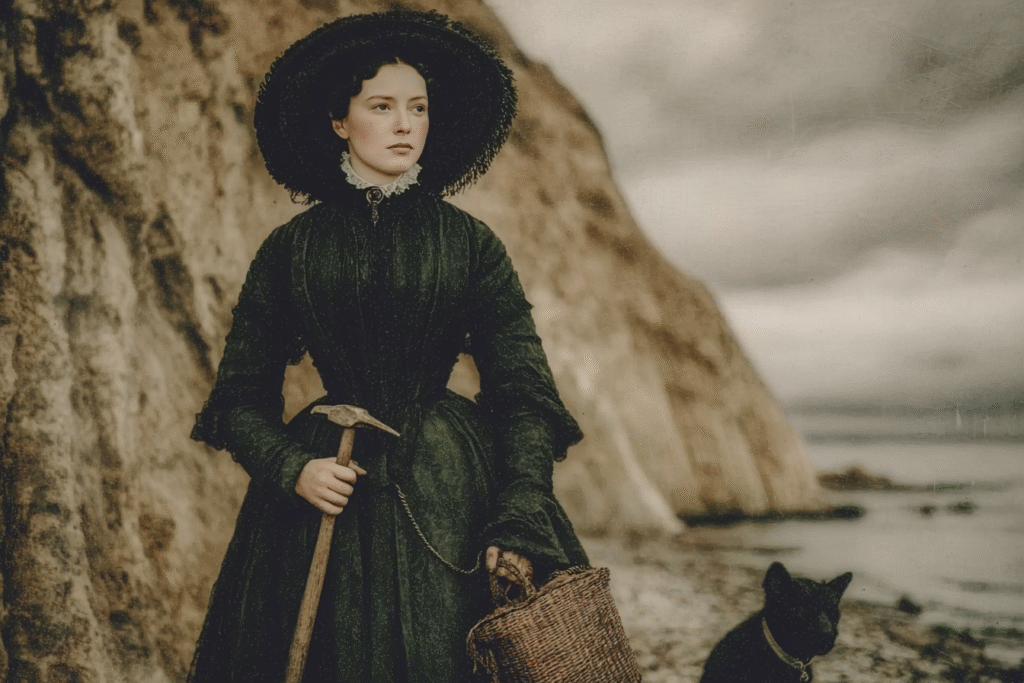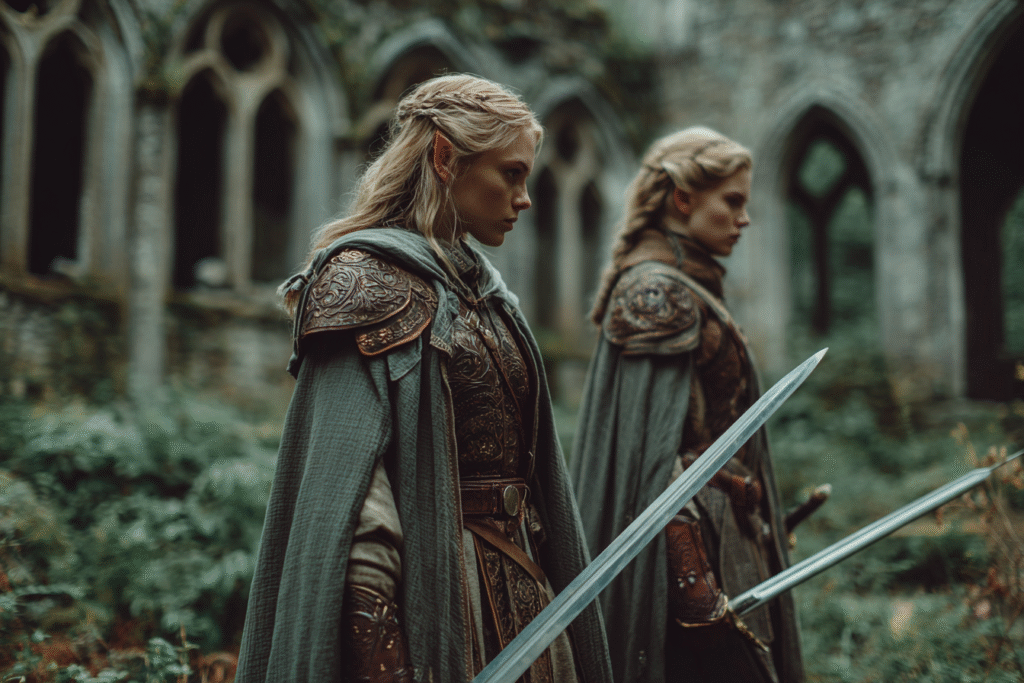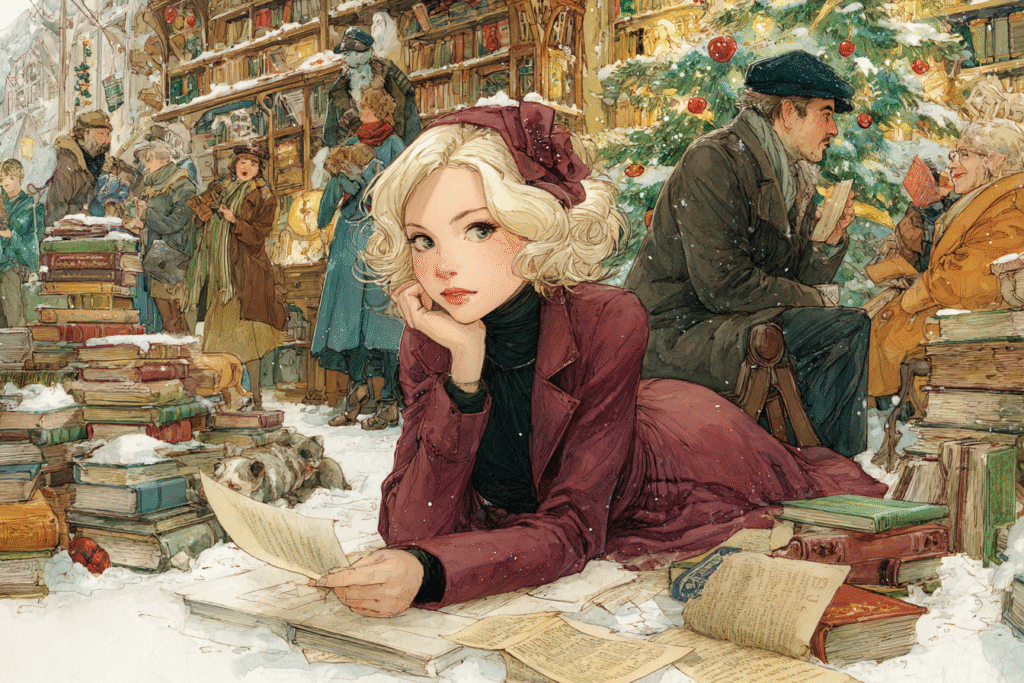The Two Survival Strategies Every Indie Author Needs Now
The indie publishing world has fractured into a thousand niche markets, and the old one-size-fits-all advice just doesn’t cut it anymore. To thrive now, you need two things: a platform that keeps your readers close, and an experimental mindset that helps you navigate the mountain of conflicting advice. These aren’t just tactics—they’re survival strategies for the modern indie author.



